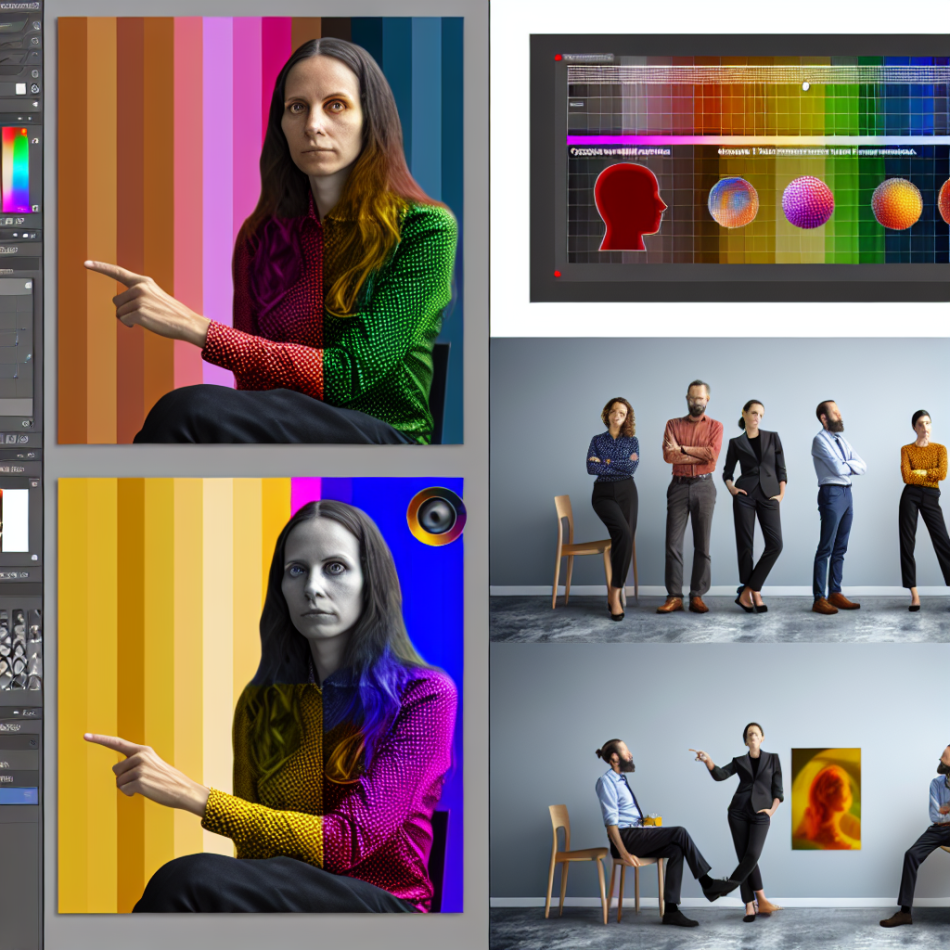Embracing Neurodiversity: Why Systems, Not People, Need to Change
In a world designed for neurotypical minds, neurodivergent individuals often face barriers that stem from systemic flaws, not personal shortcomings. Neuroinclusion shifts the focus from “fixing” people to redesigning environments—from education to workplaces—to accommodate diverse ways of thinking. This article explores why true inclusivity requires systemic change, offering actionable insights into building structures that celebrate cognitive differences rather than stifling them.
Redefining Neurodiversity: Beyond Labels and Stereotypes
Neurodiversity recognises that brains naturally vary in structure and function, encompassing conditions like autism, ADHD, dyslexia, and more. Historically viewed through a deficit lens, these differences are increasingly understood as natural variations in human cognition. The neurodiversity movement challenges the idea that divergence from the norm is a problem to be cured, advocating instead for acceptance and accommodation.
However, societal systems—rooted in rigid definitions of “normal”—often fail to recognise this. For example, workplaces prioritise linear thinking and rapid task-switching, disadvantaging those who thrive in hyper-focused or non-linear modes. Similarly, education systems favour standardised testing over creative or practical assessments. By framing neurodivergence as a systemic compatibility issue, rather than an individual deficit, we can begin dismantling barriers embedded in everyday structures.
The Flaws in One-Size-Fits-All Systems
Traditional systems assume uniformity in learning, working, and communicating. Open-plan offices, fluorescent lighting, and fast-paced meetings may suit extroverted neurotypical employees but overwhelm those with sensory sensitivities or attention differences. Similarly, schools that penalise fidgeting or unconventional problem-solving methods inadvertently suppress neurodivergent strengths.
These systems often:
- Prioritise efficiency over accessibility
- Equate conformity with competence
- Ignore sensory and cognitive overload risks
The consequences are stark: higher burnout rates among neurodivergent individuals, underemployment, and talent attrition. A 2023 study by the UK Neurodiversity Charity found that 65% of autistic employees felt workplace adjustments were inadequate, leading to premature career exits.
Principles of Neuroinclusive Design
Creating neuroinclusive systems requires intentional design centred on flexibility and empathy. Key principles include:
- Customisable environments: Adjustable lighting, noise-cancelling zones, and flexible seating arrangements.
- Varied communication channels: Offering written, verbal, and visual options for instruction and feedback.
- Outcome-focused metrics: Assessing productivity by results, not hours spent at a desk.
- Proactive accommodation: Embedding adjustments into policies, rather than waiting for individual requests.
For instance, Microsoft’s Autism Hiring Programme redesigned recruitment processes by replacing high-pressure interviews with hands-on workshops, resulting in a 50% increase in neurodivergent hires. Such examples prove that systemic tweaks unlock potential without compromising standards.
The Ripple Effect of Inclusive Systems
Neuroinclusion benefits everyone. Flexible work hours aid parents and caregivers. Sensory-friendly spaces reduce stress for all employees. Schools embracing multiple learning styles improve outcomes across student cohorts. A 2022 Deloitte report highlighted that neuroinclusive companies saw 30% higher innovation rates and 20% better team performance.
Moreover, inclusive systems foster psychological safety. When individuals aren’t forced to mask their traits, they contribute authentically. A dyslexic employee’s knack for pattern recognition or an autistic colleague’s attention to detail become assets, not quirks to suppress.
Building a Neuroinclusive Future: Practical Steps
Systemic change starts with awareness but demands action. Organisations can:
- Audit existing structures: Identify barriers in recruitment, training, and daily operations.
- Collaborate with neurodivergent voices: Involve them in policy design and problem-solving.
- Train leadership and peers: Combat stigma through workshops on neurodiversity’s value.
- Iterate and adapt: Use feedback loops to refine practices continuously.
Governments and institutions also play a role. The UK’s 2010 Equality Act mandates “reasonable adjustments,” but broader legislation could incentivise universal design principles in public spaces and digital platforms.
Conclusion: Inclusion as a Collective Responsibility
Neuroinclusion isn’t a niche concern—it’s a societal imperative. By redesigning systems that alienate neurodivergent individuals, we create environments where everyone thrives. This requires shifting from accommodation as an afterthought to inclusivity as a foundational priority. From classrooms to boardrooms, small changes compound into transformative outcomes. The goal isn’t to erase differences but to build a world where all brains belong.
